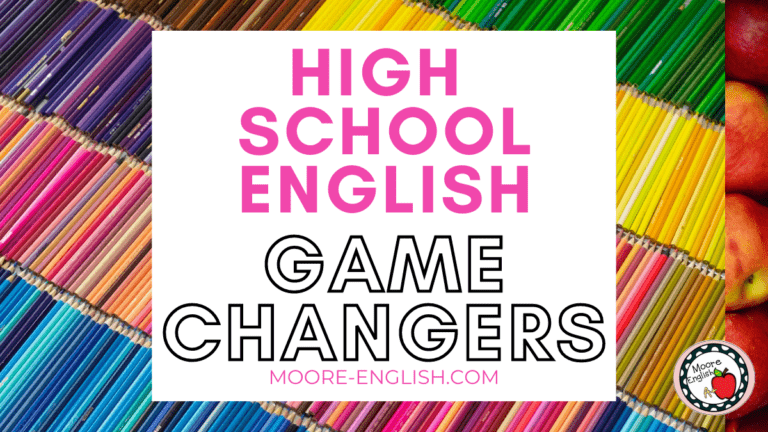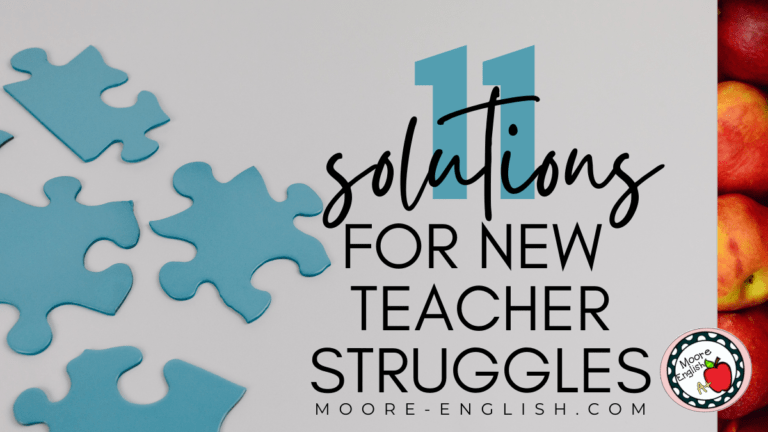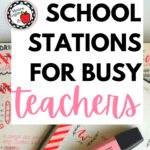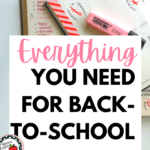Stations are my absolute favorite activity for the first day of school! Last year, the pandemic forced me to be flexible with the first day, so I’m really looking forward to getting back to stations this year! I have lots of options for stations. As we get closer to the first day of school, I will narrow down my choices and decide which stations to use in which class. Today, I want to share my stations options for the first day of school!
This post this post may contain affiliate links. Please read the Terms of Use.
Back-to-School Stations for Classroom Community
At the beginning of the school year, possibility is everywhere. I always struggle with wanting to do too much too soon, so I have to remind myself that building relationships and establishing community are our first priorities. These three stations are a great place to begin!
Firstly, I always look for a low-stakes way for students to introduce themselves. One-pagers have lots of visual opportunities, so students can show off their creativity! I like to use these four one-page options so students can choose which parts of themselves to share.
Similarly, bucket lists are a fun but also forward looking. Getting students writing on day one is important, and this activity gives students structure without a lot of stress! After station rotations, asking students to choose a bucket list item to share is a great way to get students talking to one another. Check out my favorite bucket list printables!
An important part of my classroom community is the classroom library! For that reason, I’m excited to add the library to my back-to-school stations. After a short book tasting, students will have a chance to complete a first-impressions book review. This gives them another chance to talk to one another and helps me get to know students as writers and readers.
Back-to-School Stations for Metacognition
Metacognition is an important part of student self-efficacy. I recently read a preview of Rebound, Grades K-12: A Playbook for Rebuilding Agency, Recovering, and Rethinking Schools in a post-pandemic and post-distance learning world.
In this book, authors Douglas Fisher, Nancy Frey, Dominique B. Smith, and John Hattie discuss the importance of emphasizing student agency post-distance learning. Early on, the authors acknowledge that the circumstances of the pandemic limited student voice and choice, so it’s important for teachers to help students re-establish their agency.
Accordingly, metacognition is one of the elements of student agency. Since this will be a year-long pursuit, it’s important to incorporate metacognitive thinking during back-to-school stations. These are the two stations I’m going to use to foster reflection.
Firstly, data is an important part of my classroom. Even in high school, we have a data wall. Using one of our back-to-school stations to start thinking about ourselves as writers is an important part of getting the year off to a good start. At this station, students begin building their data sheets and getting their classroom binders (or, in distance learning, Google Drives) organized.
Similarly, students set goals related to reading, writing, and behavior. At this station, I like to include video instructions to show me modeling goal setting. Once students set their goals, they will put the page in their class binder near their data sheets. We will then revisit our goal sheets throughout the semester.
Formative Back-to-School Stations
In addition to using back-to-school stations to build classroom community, teachers can use them to collect formative data. This will give teachers some insight into who students are as readers and writers and where they are at the beginning of the year.
Over the course of the year, students make the most noticeable growth as writers. For this reason, I like to get a writing sample from them quickly. After their bucket lists have warmed students up to writing, a letter is an informal but structured writing sample. Sometimes students write to past teachers, which is great for giving me insight into the instructional practices that resonated. Other times, students write letters to me as a way of introducing themselves. Usually, I ask students to write letters to their future selves. We can revisit these later in the year to see our growth. These quick, editable rubrics are a great way for me to quickly assess writing.
Additionally, I always want students to join our Google Classroom on the first day. Once they join, I like to see how much self-efficacy they have in navigating our Google Classroom. For this reason, I have students find and complete a Google Forms Grammar Inventory. This helps me assess their digital competence and provides a snapshot of students’ language skills.
What about the syllabus?
In an ideal world, I wouldn’t even touch the syllabus on the first day. However, my school requires teachers to share the syllabus on Day One. For this reason, I try to make introducing the syllabus as painless as possible. Over the years, these are two options that have helped students become familiar with the syllabus without boring them to death.
During back-to-school stations, it’s easy to make the syllabus its own station. A syllabus scavenger hunt is an efficient way to help students become familiar with the syllabus without having to read it to them.
This last year, when the pandemic made stations difficult, I did Syllabus BINGO. This allowed students to familiarize themselves with the syllabus but also kept students in their seats and social distanced.
More Back-to-School Resources
Stations are one of my favorite instructional strategies, so I wrote a series of blog posts about stations last year!
- Incorporating Stations in a Digital World
- How to Use Stations for Literary Analysis
- Benefits and Advantages of Using Stations in High School
Back-to-school is a wonderful but challenging time of year! There’s so much to balance, so let me help out by sharing some of my favorite back-to-school posts:
- Syllabus Design
- 10 Tips for New Teachers
- A Back-to-School Message
- Back-to-School Pinterest Board
- Teacher and Classroom Inspiration
- 5 Procedures Every Classroom Needs
- STOP Making these Seating Chart Mistakes
- 5 Ways to Get Students Writing from Day 1
- Successfully Planning the First 3 Days of School
- 4 Unique Writing Activities to Build Classroom Community and Culture
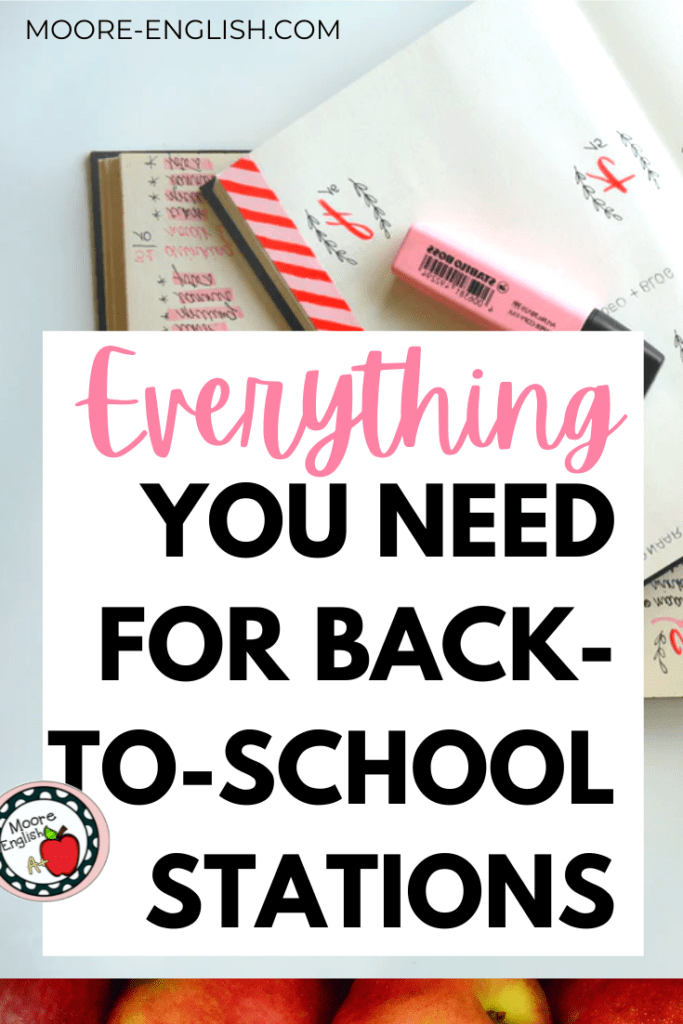
Photo by Estée Janssens and Kelli Tungay on Unsplash


